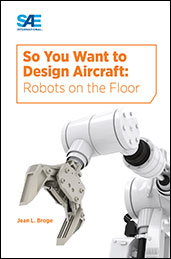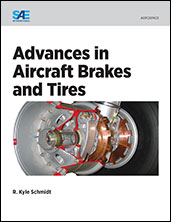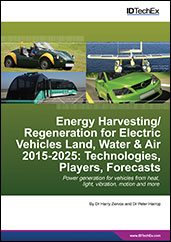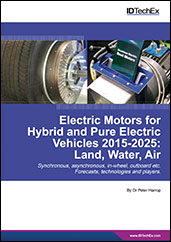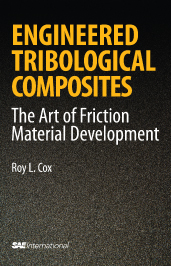Book

The Electrification of Civil Aircraft and the Evolution of Energy Storage
2017-08-28
Larger airframes drove the development of electrical systems, capable of quickly and reliably starting the new higher power engines. These soon gave rise to the need for engine-mounted electrical generators as the primary source of in-flight power for the electrical loads and onboard recharging of the aircraft battery system. Of all the backup power sources, batteries represent the most common means of storing energy for auxiliary or emergency power requirements. It is not unusual for a typical commercial airliner, such as a B-737 or A-320, to have dozens of batteries on board. Over time, multiple battery chemistries were put to the test and the industry is still working on the optimal option. The lithium-ion technology has been gaining acceptance, with some important aspects to be considered: the application type, basic safety requirements and the presence or absence of humans on the vehicle.
